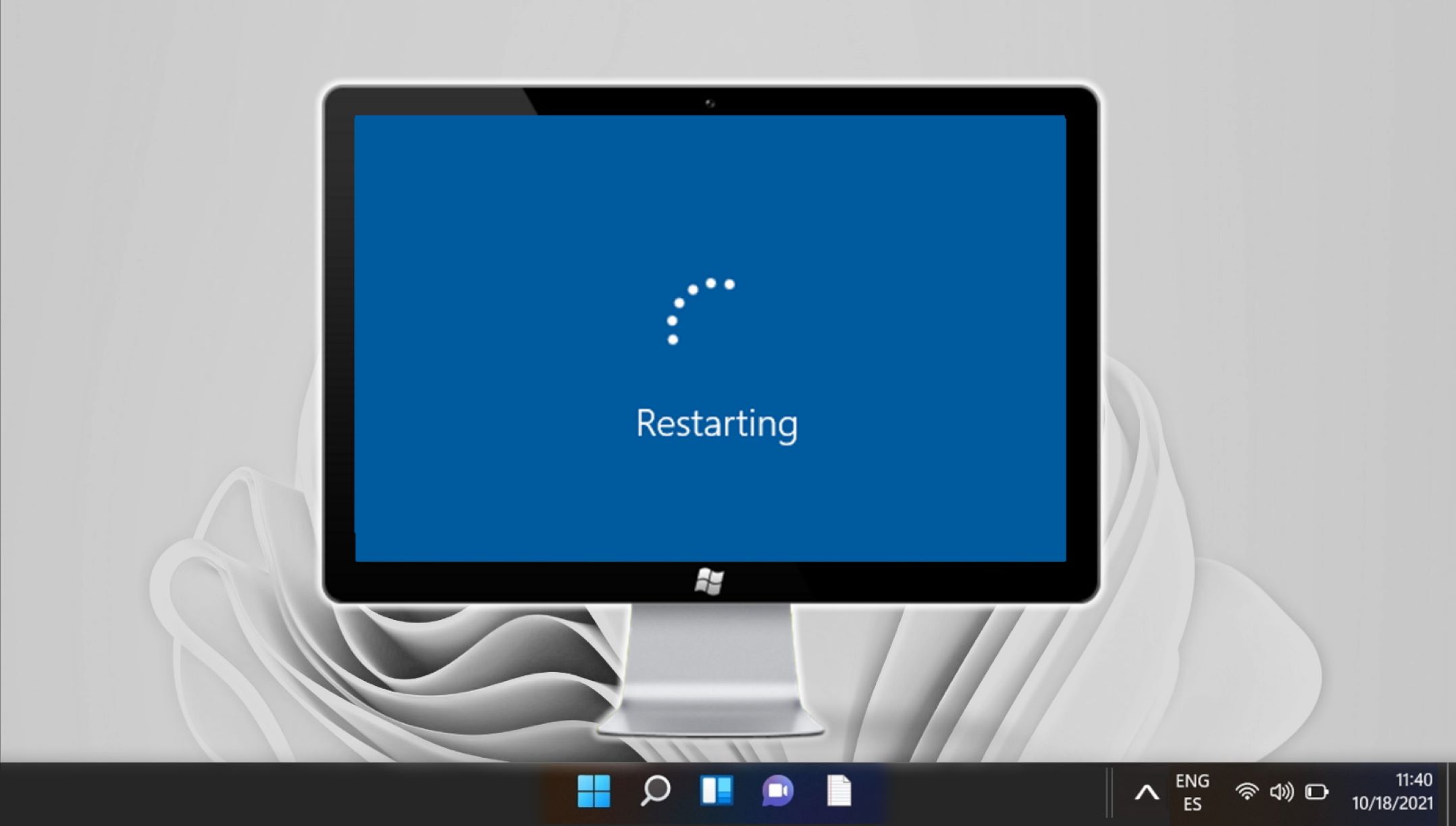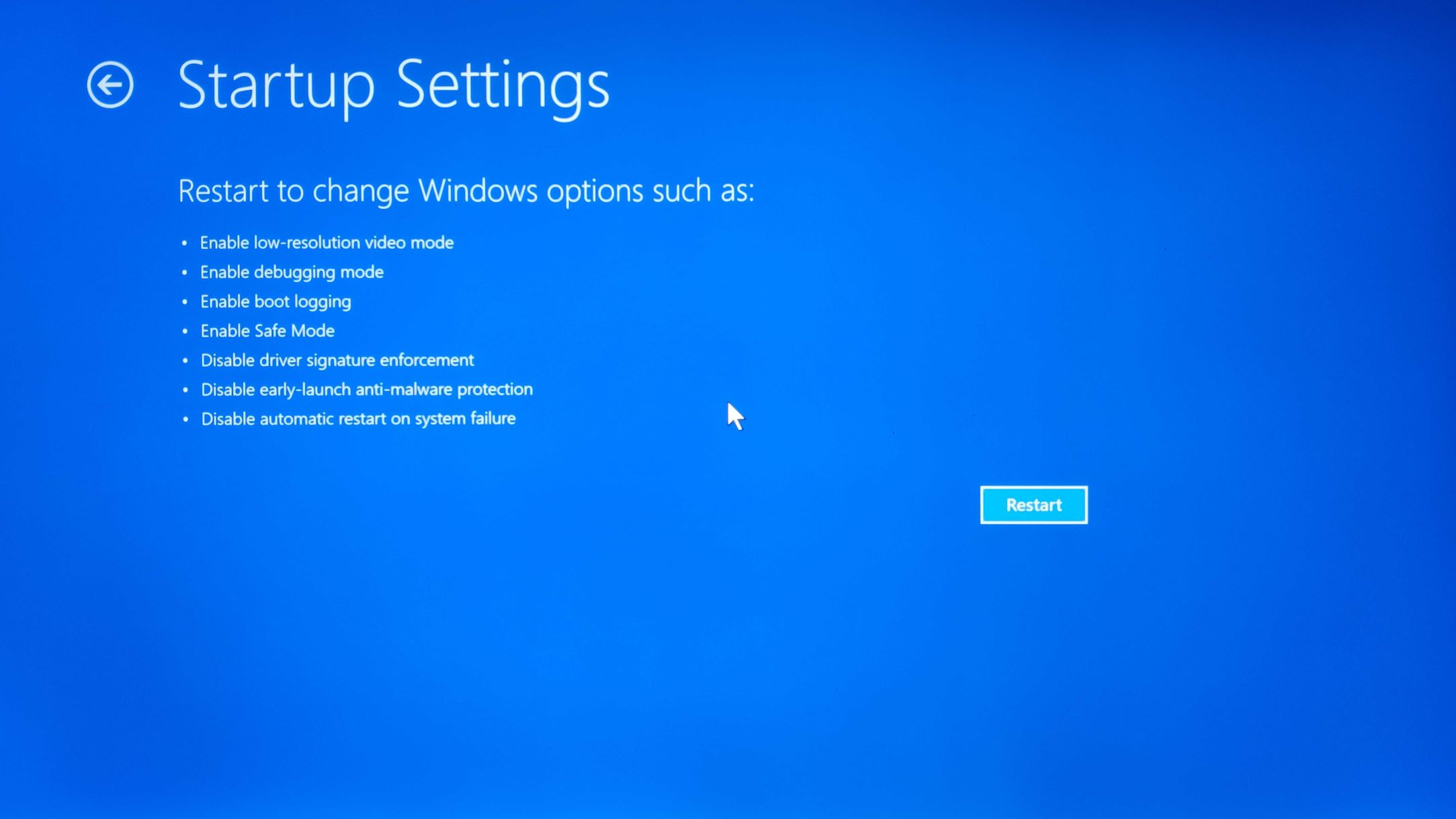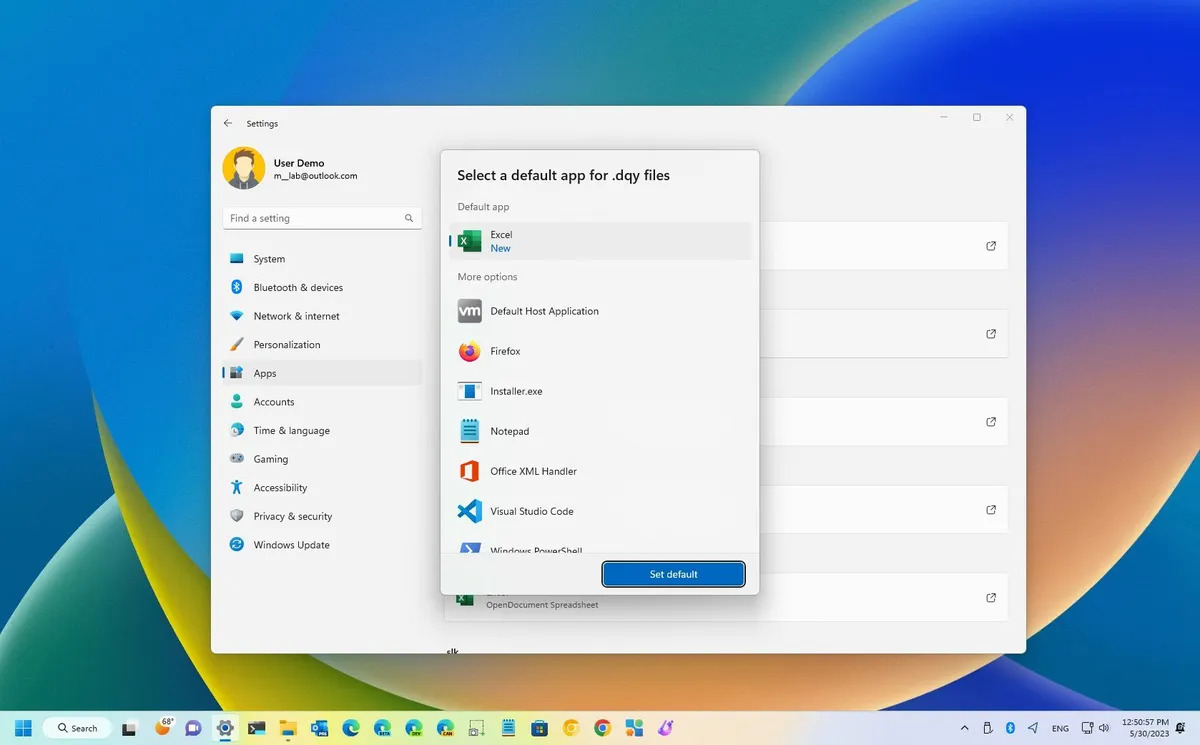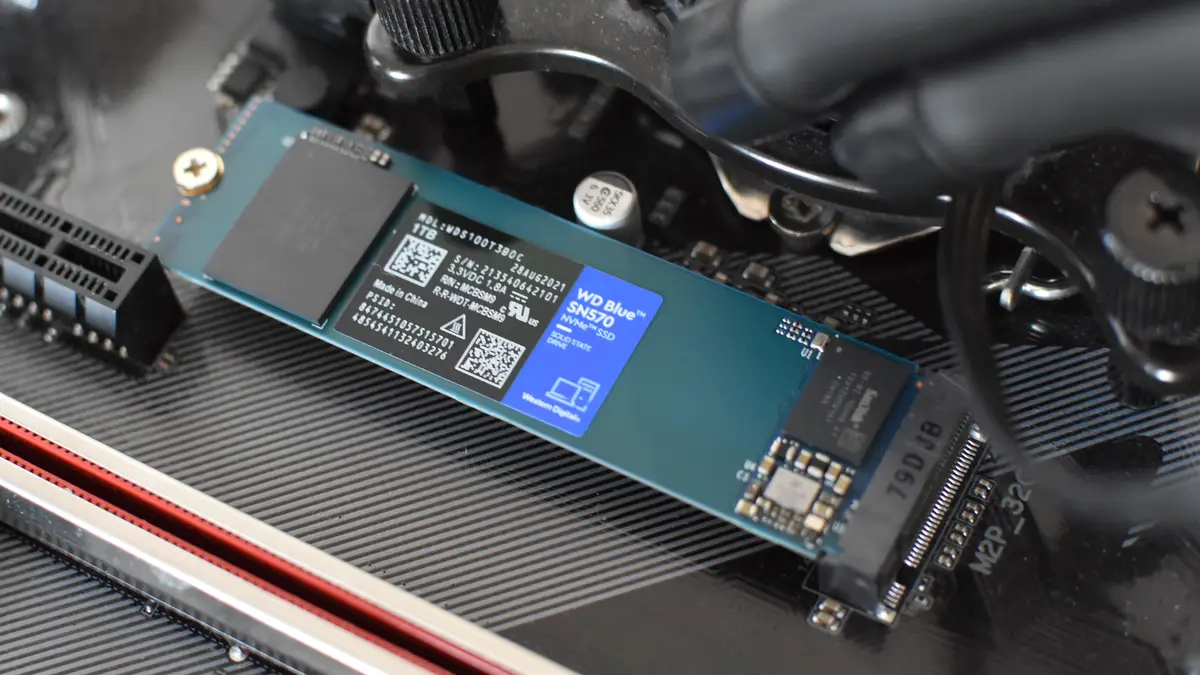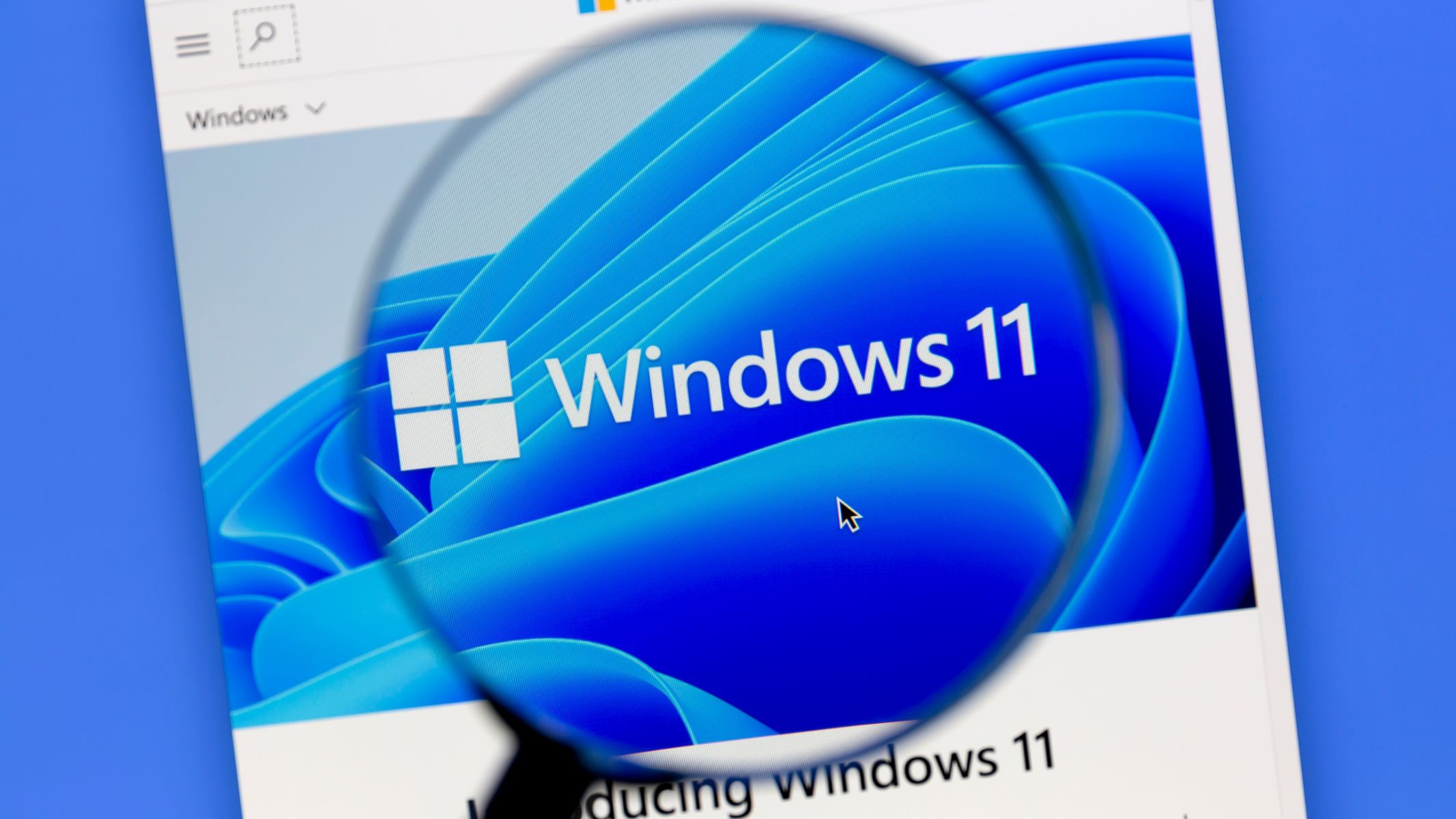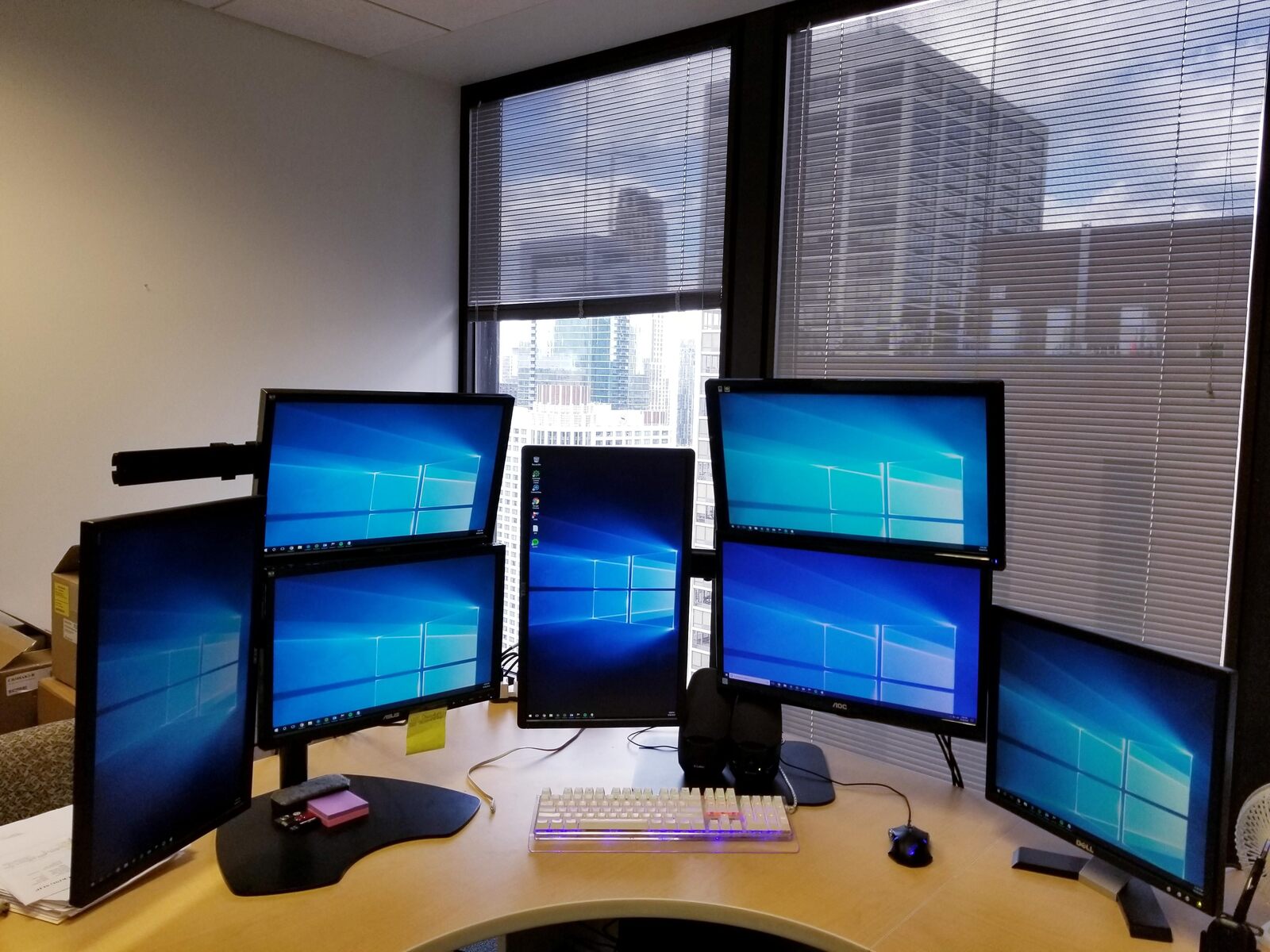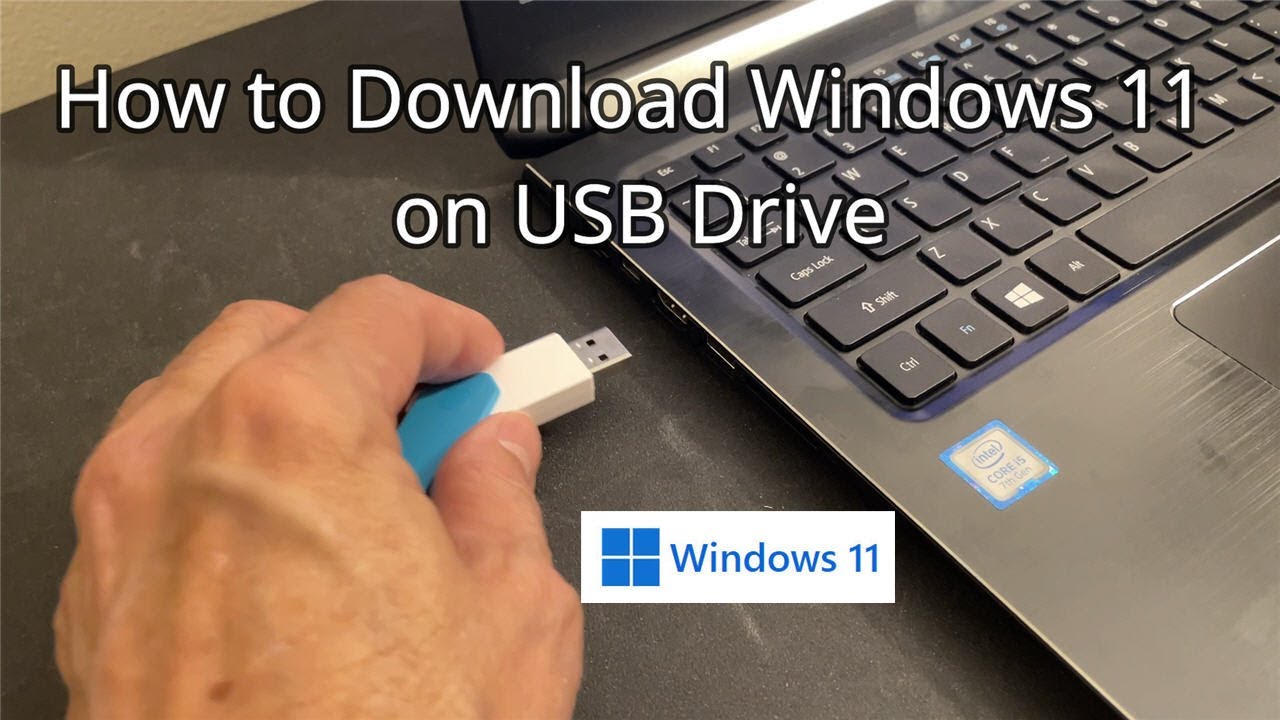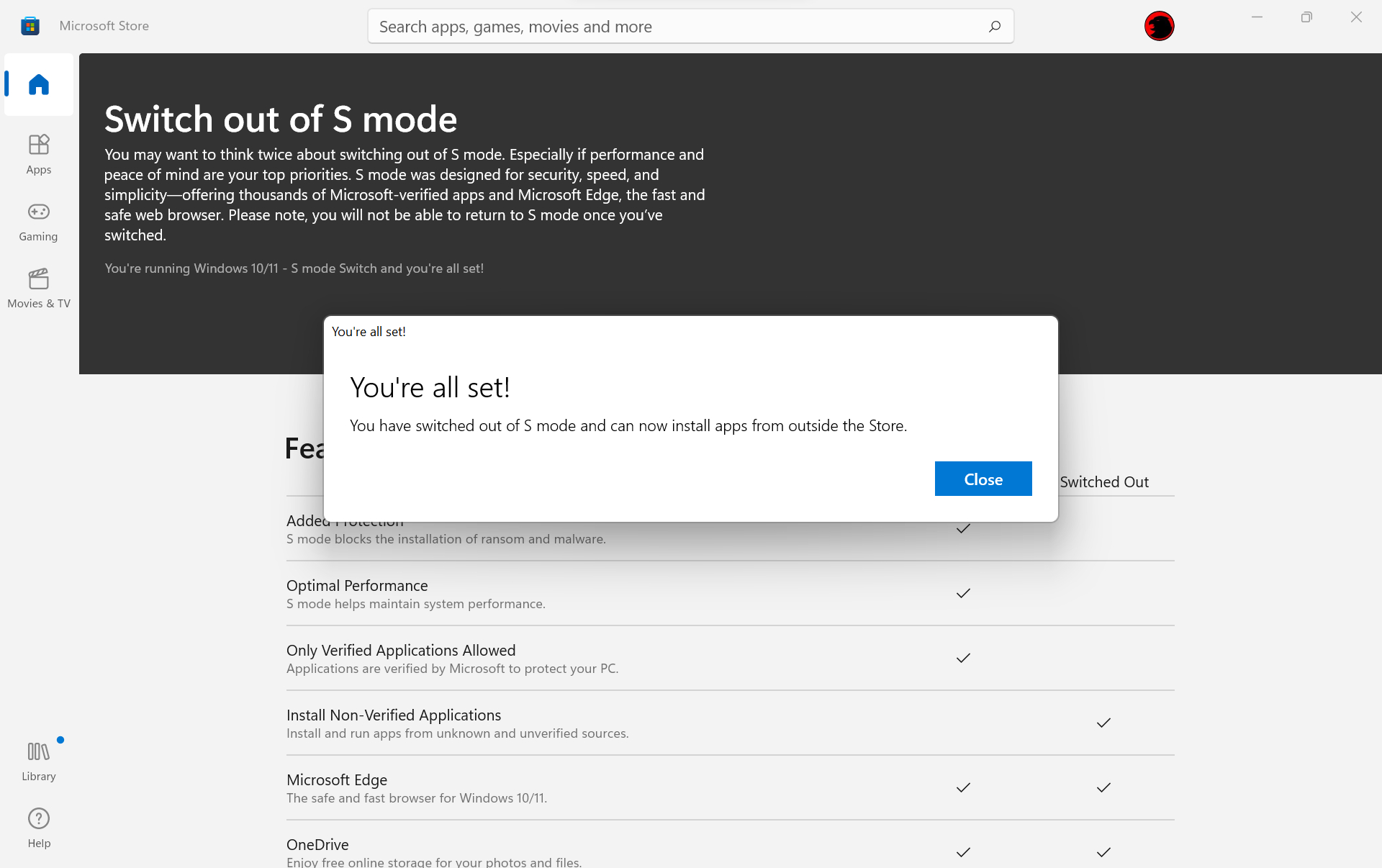Introduction
Welcome to this tutorial on how to restart your computer in Windows 11. Restarting your computer can help resolve various issues, such as performance problems, software conflicts, or system errors. It is also necessary when you install certain updates or make changes to your system settings that require a restart to take effect.
In Windows 11, there are several methods you can use to restart your computer. Whether you prefer using the Start menu, keyboard shortcuts, or even the command line, we’ll guide you through each method step-by-step for a seamless restart experience.
Before proceeding, it is always a good idea to save any unsaved work and close any open applications to avoid potential data loss. Additionally, make sure to review any unsaved changes in files or documents that may be affected by a restart.
Without further ado, let’s explore the different methods you can use to restart your computer in Windows 11.
Method 1: Using the Start Menu
One of the simplest ways to restart your computer in Windows 11 is by using the Start menu. Here’s how:
- Click on the Start button, located on the taskbar at the bottom left corner of your screen. The Start menu will open.
- Next, click on the Power button, which is represented by a circle with a vertical line in the middle.
- A menu will appear with several options. Click on the Restart option.
- You will be prompted to confirm the restart. Click on the Restart button to proceed.
Once you click the Restart button, your computer will begin the restart process. It might take a few moments for your computer to shut down and start up again. When the restart is complete, you will be able to log back into your Windows 11 account.
This method is convenient and suitable for most users as it requires just a few clicks. However, if you prefer using keyboard shortcuts or want to explore alternate methods, continue reading to learn more.
Method 2: Using the Power User Menu
The Power User Menu is a quick and easy way to access various system tools and functions, including the ability to restart your computer. Here’s how to use it:
- Right-click on the Start button or press the Windows key + X on your keyboard. This will open the Power User Menu.
- In the menu that appears, click on the “Shut down or sign out” option.
- A sub-menu will open with several options. Click on the “Restart” option.
After clicking the “Restart” option, your computer will begin the restart process. It may take a moment for your system to shut down and start up again. Once the restart is complete, you can log back into your Windows 11 account.
Using the Power User Menu to restart your computer is a handy method, especially if you regularly access other system tools through this menu. However, if you prefer using keyboard shortcuts or want to explore further methods, keep reading.
Method 3: Using Keyboard Shortcuts
If you’re someone who prefers using keyboard shortcuts for quick access, Windows 11 provides a keyboard shortcut to restart your computer. Here’s how to use it:
- Press the Ctrl + Alt + Del keys on your keyboard simultaneously. This will open the security options screen.
- Click on the power icon in the bottom-right corner of the screen.
- A small menu will appear with several options. Click on the “Restart” option.
Once you select the “Restart” option, your computer will commence the restart process. The system will shut down and start up again, which may take a few moments. After the restart is complete, you can sign back into your Windows 11 account.
Using keyboard shortcuts can be a convenient way to restart your computer, especially when you’re familiar with the combinations and want to avoid navigating through menus. If you’re interested in alternate methods, continue reading for more options.
Method 4: Using Command Prompt
For advanced users who prefer using the command line interface, Windows 11 allows you to restart your computer using Command Prompt. Here’s how to do it:
- Open the Command Prompt by pressing Windows key + R on your keyboard to launch the Run dialog box. Then, type in “cmd” and press Enter or click on “OK”.
- Once the Command Prompt window opens, type in the following command:
shutdown /r - Press Enter on your keyboard to execute the command.
Upon executing the command, your computer will proceed to restart. It may take a moment for the system to shut down and start up again. Once the restart is complete, you can log back into your Windows 11 account.
Using Command Prompt to restart your computer provides a more technical approach, and it can be beneficial for IT professionals or those comfortable with the command line. However, if you prefer other methods or want to explore additional options, keep reading.
Method 5: Using Windows PowerShell
Windows PowerShell is another powerful command-line tool available in Windows 11 that allows you to control and manage various aspects of your system. You can also use it to restart your computer. Here’s how:
- Open Windows PowerShell by pressing Windows key + R on your keyboard to launch the Run dialog box. Then, type in “powershell” and press Enter or click on “OK”.
- Once the Windows PowerShell window opens, type in the following command:
Restart-Computer - Press Enter on your keyboard to execute the command.
After executing the command, your computer will begin the restart process. It may take a few moments for the system to shut down and start up again. Once the restart is complete, you can log back into your Windows 11 account.
Using Windows PowerShell to restart your computer provides a more advanced and flexible option for experienced users. It offers greater control and customization capabilities. However, if you prefer alternative methods or want to explore additional options, continue reading.
Method 6: Using the Lock Screen
The lock screen in Windows 11 provides a quick way to access the restart option. Here’s how to use it:
- Press the Windows key + L on your keyboard to lock your computer.
- On the lock screen, click on the power icon located in the bottom-right corner.
- A menu will appear with several options. Click on the “Restart” option.
After clicking the “Restart” option, your computer will start the restart process. It may take some time for the system to shut down and start up again. Once the restart is complete, you can log back into your Windows 11 account.
Using the lock screen to restart your computer is a handy method, especially if you want to quickly restart your computer without having to log out of your current session. However, if you prefer other methods or want to explore additional options, keep reading for more possibilities.
Method 7: Using the Task Manager
The Task Manager in Windows 11 not only helps you manage running processes but also provides the option to restart your computer. Here’s how to use it:
- Right-click on the taskbar at the bottom of your screen and select “Task Manager” from the context menu. Alternatively, you can press Ctrl + Shift + Esc on your keyboard to directly open the Task Manager.
- In the Task Manager window, click on the “More details” option if the simplified view is displayed.
- Click on the “File” menu in the top-left corner of the Task Manager, and then select “Run new task”.
- In the “Create new task” dialog box, type in “shutdown /r” and click on the “OK” button or press Enter on your keyboard.
After executing the command, your computer will initiate the restart process. It might take a few moments for the system to shut down and start up again. Once the restart is complete, you can log back into your Windows 11 account.
Using the Task Manager to restart your computer offers an alternative method, particularly useful if you’re already using it for managing processes or troubleshooting issues. Feel free to explore other methods or options if you prefer a different approach.
Conclusion
Restarting your computer in Windows 11 is a simple yet essential task that can help resolve various software issues or apply system changes. In this tutorial, we explored seven different methods to restart your computer, catering to a range of preferences and comfort levels.
From the straightforward approach of using the Start menu or Power User Menu to the more advanced methods of utilizing command line tools like Command Prompt or Windows PowerShell, you now have a variety of options at your disposal. Additionally, if you prefer keyboard shortcuts, the Ctrl + Alt + Del combination or the Windows key + L shortcut can quickly initiate a restart.
Remember to save your work and close any open applications before restarting your computer to avoid any data loss. Once you initiate the restart process, your computer will shut down and start up again, allowing you to log back into your Windows 11 account.
Choose the method that suits your preferences or aligns with your technical expertise. Whether you prefer the simplicity of using the Start menu or the flexibility of the command line, Windows 11 provides multiple options for a seamless restart experience.
Feel free to explore these methods and find the one that best fits your needs. With these tools at your disposal, you can efficiently restart your computer and continue your tasks with improved performance and functionality in Windows 11.







